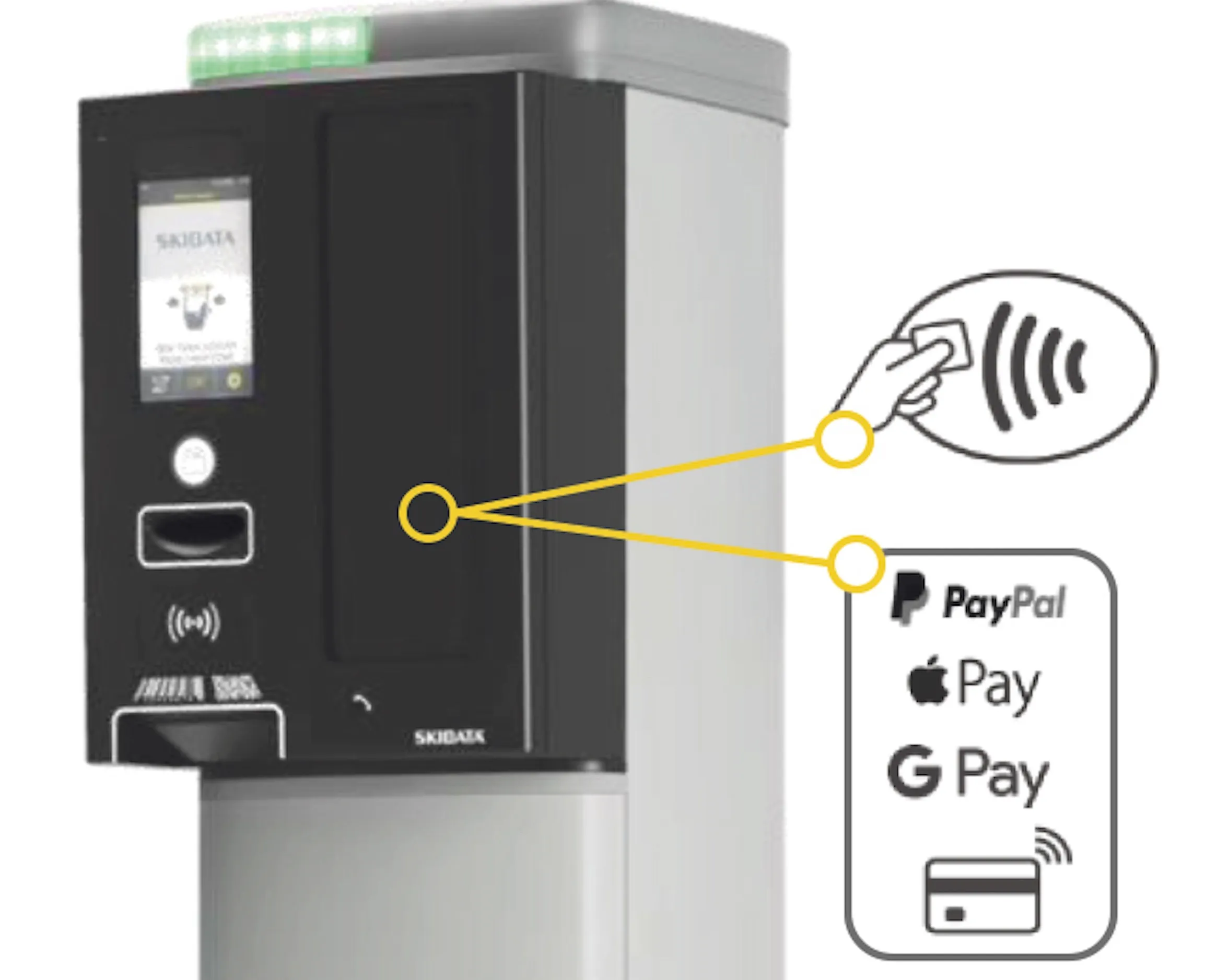
Global parking equipment manufacturer APT Skidata has launched tap+go, a touchless parking solution.
The ticketless system makes the parking transaction process fully contactless – no need to touch a screen which is sometimes worrying during the current pandemic.
There is also no need to insert a ticket or key in a number at the payment station.
The system uses tokenisation encryption of credit/debit card data at all touch points, with Skidata’s Parking.Logic e-payment platform.
When arriving at a car park entrance, customers wave a contactless bank card, smartphone or smart watch at the reader.
No payment is taken at this point, but a virtual ticket is issued. When the driver is ready to leave there is no need to go to a payment machine. They drive to the barrier and, using the same payment - whether it was a card, smart phone or watch - tap the reader for the barrier to open.
The tap+go solution adds an additional layer of security to the payment process as the card details are tokenised at entry and again at exit.
Only when the tokens are ‘matched’ is the parking fee calculated and charged automatically.
The company says that if a site already has its entry and exit columns in place, it is a quick and simple upgrade to the hardware to accept APT Skidata’s tap+go.
A retrofit at seven APT Skidata-controlled shopping centres has already been completed.
“We can expect this transition to be accelerated in response to increased concerns about hygiene during and after the Covid-19 pandemic,” said Nigel Young, senior business development manager.
“Even as restrictions on movements are eased, there will still be a focus on social distancing and hand hygiene, and people will continue to be encouraged to avoid touching anything outside as much as possible.”
APT Skidata’s web-based platform, INS.Reports, allows for full car park management remotely, reducing the need to be on site and reducing the workload for onsite teams.
“As long as you have an internet connection you can connect to the car park, or multiple car parks, and gain insight into revenue and current usage, along with customer and environmental information across the estate,” said Young.









